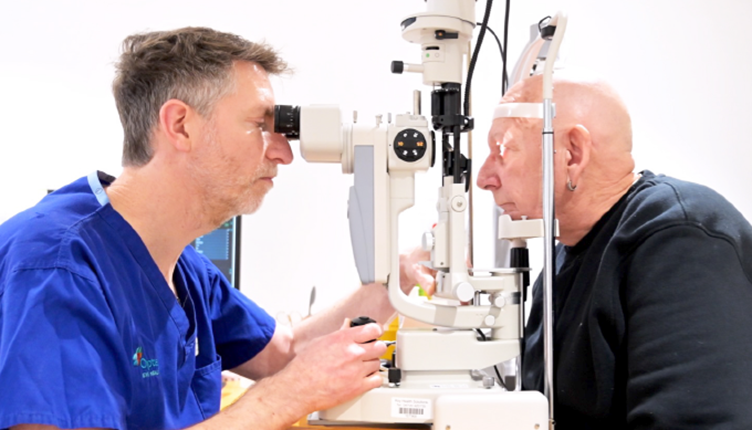Lowering Lipids – and AMD
Researchers find that lipid-lowering and antidiabetic drugs are associated with lower AMD prevalence
AMD is the leading cause for severe visual impairment and blindness in high-income countries, particularly in the over-55 age group. In Europe alone, 67 million people are affected by AMD (1) and this figure will only increase as the population continues to age. Despite the condition’s growing prevalence, few preventative interventions are available.
However, new research offers a promising pathway for the future of AMD. In a meta-analysis of 14 population-based and hospital-based European study cohorts, researchers found an association between the systemic use of lipid-lowering drugs (LLDs) and antidiabetic drugs and lower AMD prevalence. As well as lowering serum levels of low-density lipoprotein and triglycerides, some LLDs also have anti-inflammatory and antioxidant properties that affect AMD pathogenesis (1).
Although previous research has investigated the impact of antidiabetic drugs on AMD, these studies conflicted and were not transferable to the general population because they included diabetic patients whose condition could have interfered with AMD pathophysiology. This new study marks the first that meta-analyzes individual-level data, rather than aggregated results.
Despite the study’s promising outcomes, the authors stress its limitations and call for further research. The limitations include issues such as cross-sectional data collection that didn’t assess causality or risk and the fact the patients involved were taking LLDs or antidiabetic drugs for primary purposes, making it impossible to evaluate the drugs’ effects on healthy individuals. Combining these limitations with previous controlled trials that failed to show a causal relationship, it is clear that – although this research paves a new path for the future of AMD treatment – more longitudinal research is needed to better understand the relationship between AMD and systemic medication.
This article first appeared in The Ophthalmologist.
Reference
- MM Mauschitz et al., “Association of lipid-lowering drugs and antidiabetic drugs with age-related macular degeneration: a meta-analysis in Europeans,” Br J Ophthalmol, [Online ahead of print] (2022). PMID: 36344262.
The New Optometrist Newsletter
Permission Statement
By opting-in, you agree to receive email communications from The New Optometrist. You will stay up-to-date with optometry content, news, events and sponsors information.
You can view our privacy policy here
Most Popular
Sign up to The New Optometrist Updates
Permission Statement
By opting-in, you agree to receive email communications from The New Optometrist. You will stay up-to-date with optometry content, news, events and sponsors information.
You can view our privacy policy here
Sign up to The New Optometrist Updates
Permission Statement
By opting-in, you agree to receive email communications from The New Optometrist. You will stay up-to-date with optometry content, news, events and sponsors information.
You can view our privacy policy here









